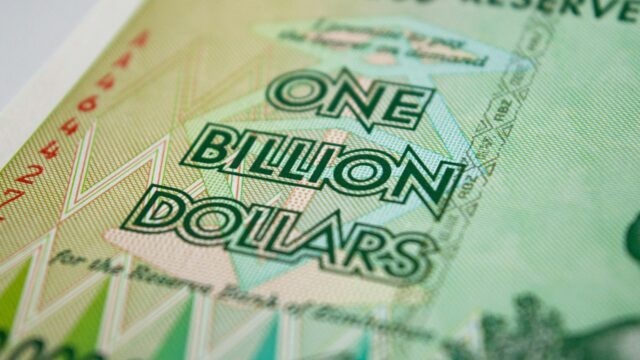Green bonds and natural capital

Bob Buhr is the Director of Green Planet Consulting, and an Honorary Research Fellow at the Centre for Climate Finance and Investment at Imperial College Business School. In this, the first of a series of posts exploring green bonds and natural capital, he explores the green bond model and how it could apply to natural capital financing.
There is increasing interest in developing financing mechanisms for preserving, restoring, or the sustainable development of natural capital. One notion being advanced, although perhaps in a not particularly systematic or informed way, has been the issuance of Natural Capital Bonds, the proceeds of which could be used for the above purposes.
The frame of reference for this concept seems to be Green Bonds, which have enjoyed considerably popularity in bond markets over the past decade, particularly in the past five years following the issuance of the first corporate (as opposed to, say, sovereign or supranational) Green Bonds. Green Bonds are bonds--obviously--that are issued by a wide range of entities. These include sovereign governments, corporations, municipalities (especially in the US, where the overall municipal bond market is nearly $3.8 trillion), supranational organizations such as The World Bank, and a range of financial entities.
Unlike the proceeds of most bond issues, which can be used for a wide range of purposes, Green Bonds are characterized by a pledge by the issuer to apply the proceeds to some Green activity. Often this is well defined in the offering literature; sometimes it is completely undefined. In spite of lots of discussion of Green Bonds standards, the bond market has actually remained pretty relaxed about what can be called Green in this context--it proves to be a wide range of projects, activities, and purposes. In some cases Green Bonds have been issued simply to refinance the acquisition of, for example, wind farms.
“ In spite of Green Bonds representing only a small percentage (<2%) of global bond markets, over $150 billion of Green Bonds were issued globally in 2017, and that amount may double in 2018.”
The Green Bond Market has been growing robustly over the past decade. In spite of Green Bonds representing only a small percentage (<2%) of global bond markets, they have proved to be an attractive vehicle for both issuers and investors. Over $150 billion of Green Bonds were issued globally in 2017, and that amount may double in 2018.
However, there are some aspects of Green Bonds that deserve comment. First, they’re bonds. From a legal or technical standpoint, there is no difference between a Green Bond and a vanilla bond of the same issuer--they are identical in all respects other than the use of proceeds (and the verification process that often accompanies issuance--a promise to certify that the proceeds are being used as intended.)
Another way to characterize Green Bonds, then, is to say they represent the same legal claims on the issuer as any other bond. They are often issued in size, and the size of Green Bond issues can range from, say, €10 million to over a billion. And, like vanilla bonds, bond buyers receive regular interest payments, and their principal back upon maturity. These payments normally come from a range of sources--cash flows in the case of corporations, taxes or other dedicated revenues in the case of governments, aggregated loan repayments in the case of asset-backed securities.
In fact, the only difference between Green and vanilla bonds of the same issuer is this targeted use of proceeds. There is, of course, considerable discussion over the issue of what “Green” actually means. Unsurprisingly, this discussion seems set to continue. It is also important to recognize that these are general unsecured obligations, just as most bonds are. There is no dedicated set of “Green” cash flows underlying the repayment of Green Bonds. In fact, with some specific exceptions (asset-backed bonds), interest and principal payments of Green Bonds come from the same pool of money that other bond repayments come from.

Most Green Bonds are not “project bonds,” with a dedicated stream of cash flows devoted solely to bond repayments. Moreover, funds raised by Green Bonds aren’t necessarily the funds spent on the targeted projects. In many cases, the funds raised by Green Bonds go into the big pot of money managed by corporate Treasurers, and the funds for the targeted projects come out of this pot. But it’s not necessarily the same funds.
All of the above suggests that Green Bonds may not be the appropriate model for the concept of issuing bonds for Natural Capital purposes, either its preservation or restoration, or its sustainable use. Natural capital in and of itself does not generate cash flows, but these are necessary to service payments to the people who buy the bonds. In the case of Green Bonds, these can derive from a variety of sources, as noted earlier. But for Natural Capital to generate such cash streams in the first place, something must be done to it, and this may be contrary to the desired effect of preservation or restoration.
So what might be good model for a bond designed to preserve or restore natural capital? We’ll explore this question in our next post.
- Bob Buhr is the Director of Green Planet Consulting, and an Honorary Research Fellow at the Centre for Climate Finance and Investment at Imperial College Business School.
Photo by Dylan Nolte on Unsplash


